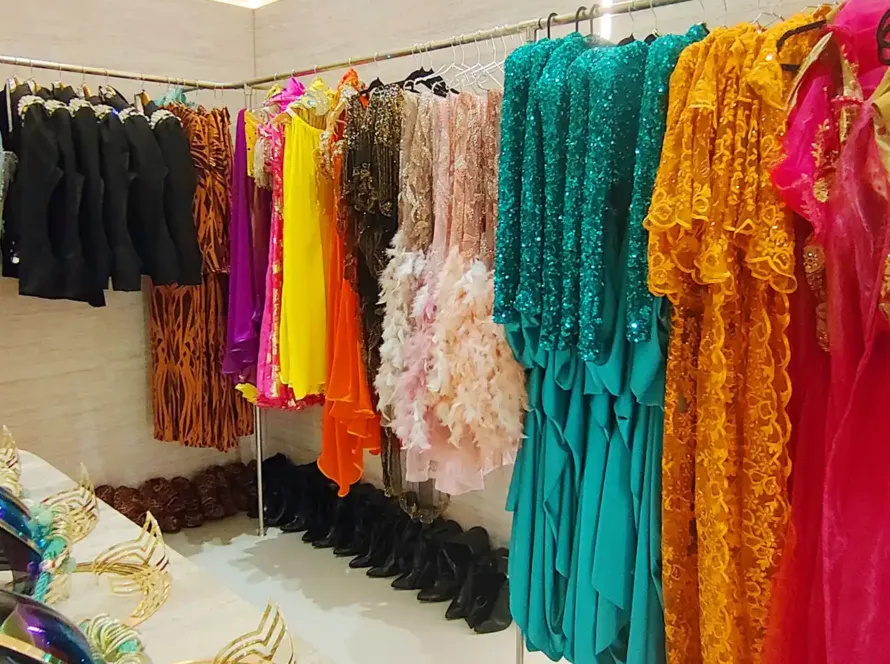10 Keys for Spot-On Stage Costumes
A stage loves intention. An audience reads clothes before a single note or line. A brilliant costume plan supports the story, flatters the body, and keeps energy high. You want applause, photos, and repeat bookings. You get there with clear choices, solid materials, and clean execution. Simple idea. Serious payoff.
Know Your Event & Audience
Context guides every move. A gala needs elegance, a club set favors punch, a school show calls for modest cuts and easy care, age range, culture mix, venue size, and ticket tier all shape costume decisions. Bands, dancers, emcees, and specialty acts each carry different needs. Write a short creative brief. Title, theme, set length, number of performers, mood line. A one-page compass for fast alignment.
Stage performance outfits, costume ideas for events, event-specific costume looks
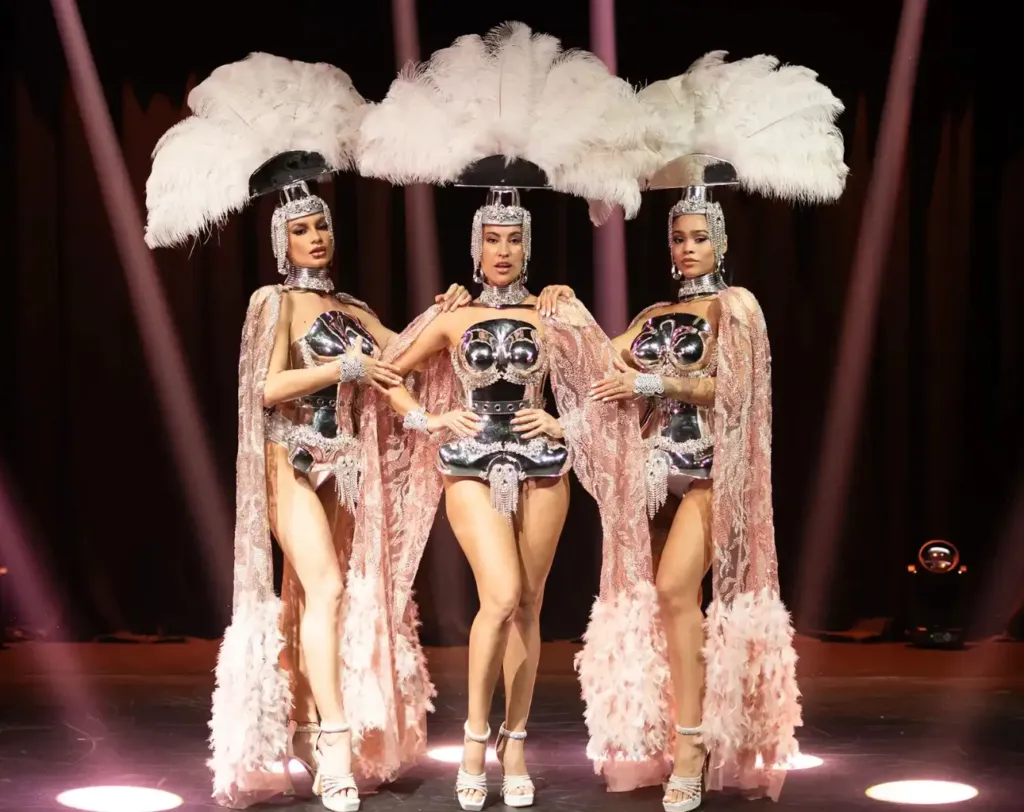
Comfort First, Visual Impact Strong
A performer owns the room when the outfit feels like a second skin. Breathable fibers, soft linings, stretch panels, and smooth seams protect skin during long sets. Waistbands are held, straps sit flat, and closures lock clean—no tug, slip, or fuss. Comfort fuels charisma. Charisma fills the room.
Comfortable dance costumes, matching costumes for performers
Pick Fabrics Suited for Stage Light
Light loves texture and depth. Matte knits reduce glare under LEDs, satin panels catch highlights for drama, micro-sequins read as crisp shimmer, and mesh vents add airflow. Heat rises on busy nights, so favor breathable blends and moisture-wick setups. Fire or pyrotechnic zones call for treated cottons, aramid blends, or wool suiting. Quick test helps: hold a swatch under a strong lamp and phone flash. If color holds and texture reads, you win.
Best fabrics for stage costumes, stage light costume tips
Tie Costume Look to the Performance Theme
Theme locks the design language. A retro funk set loves wide collars, flares, and rich jewel tones. A Latin show sings with ruffles, fringe panels, and bold contrasts. A corporate awards night leans toward sharp tailoring and controlled sparkle. Create a reference grid: ten images, two palettes, one prop idea per act. Then edit hard—one line, one message.
Event-specific costume looks, costume ideas for events
Lock In Proper Fit for Poise on Stage
Fit equals freedom. Torso length sits right, sleeves land at the wrist, trouser hem kisses the shoe, harness straps hug the ribcage, waistbands stay firm during lifts. A two-session fitting plan serves most casts: a measurement session early, then a full dress tech. Dancers need test runs for kicks, splits, and floorwork. Singers need mic belt placements and cable paths. Poise follows fit.
Color Strategy for Stage Lights
Color carries distance. High-chroma primaries shout under LED arrays. Monochrome sets add polish and cohesion. Dark bases with metallic accents shape bodies and catch hits. Palettes also support roles: leads take bolder shades, and ensemble supports sit in the same family at lower intensity. Map the rig’s palette with the tech team. If the rig favors cool tones, warm costumes leap forward. If the rig throws warm, fabulous costumes cut clean.
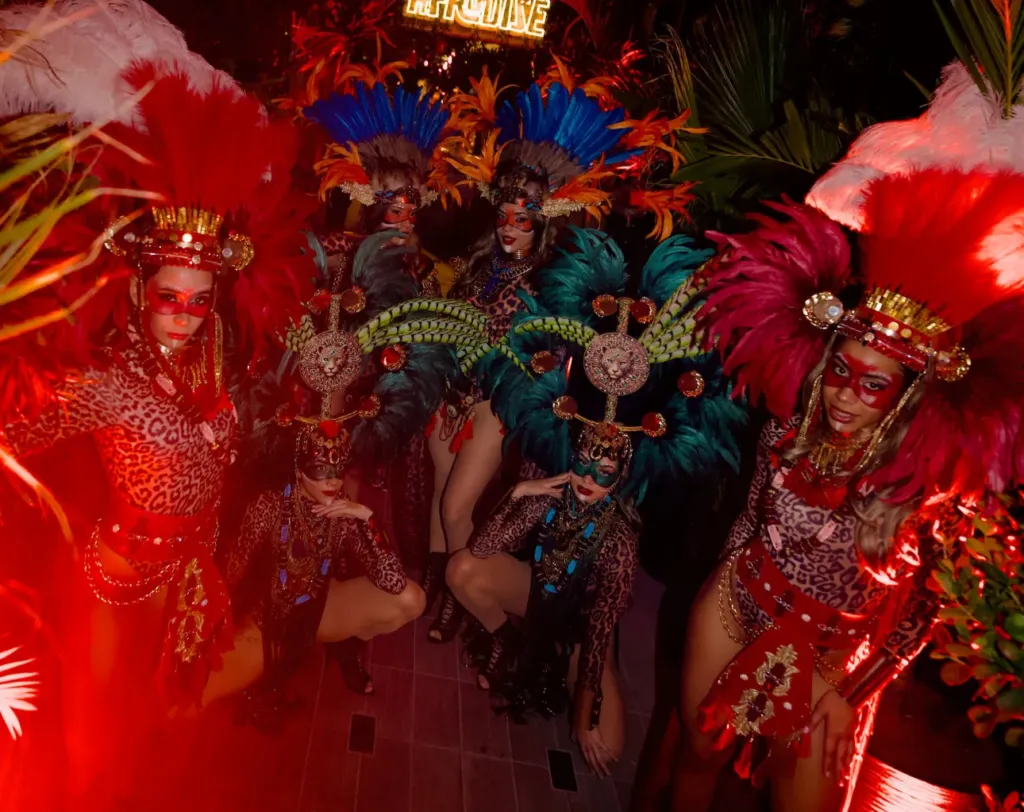
Stage costume color selection, stage performance outfits
Smart Accessory Choices
Accessories finish the sentence. Belts define waists, cuffs frame hands, chokers frame faces, hats create silhouette, and gloves add finish during close-up shots. Choose pieces that fasten quickly and survive quick changes. Magnet snaps, hook-and-bar sets, and wide Velcro tabs beat tiny buttons in fast show flows. Keep multiples for high-wear items: earrings, bracelets, bow ties, pocket squares, headbands.
Accessory choices for stage costumes, stage performance outfits
Movement & Function Come First
Every piece must serve the choreography and the set plan. Gussets at underarms, stretch panels at hips, double-layer knees for floor sequences, silicone grippers at hems for aerial harnesses, modesty panels for dips and lifts. Pockets for packs, loops for in-ears, channels for mic cables. Heels at safe heights for ramps or grated decks. You want gear that supports momentum, not fights it.
Smart Budget, Solid Quality
Budgets vary, standards stay firm. Prioritize hero looks for leads, capsule looks for ensemble. Modular design saves money: base unitards or tailoring cores with swappable overlays, collars, skirts, capes, and peplums. Rent specialty pieces, buy base layers, commission hero items. Reinforce stress points first: crotch seams, side seams, waist closures, zipper ends. A small line for spares saves shows.
Partner With a Professional Costume Designer
A designer converts a concept into stage-ready clothes. Sketches, fabric pulls, fit notes, and build sheets keep the team in sync. A pro anticipates stage lights, sweat, quick changes, and transport. You get consistency across sizes, neat finishing, and a clear care plan. You also get a costume bible: measurements, swatches, care notes, repair steps, and photos. That binder protects your investment.
Stage performance outfits, event-specific costume looks
Practical Steps From First Call to Curtain
1) Creative brief. Summarize the show, the set list, the energy, and the target guest.
2) Measurement grid. Names, roles, measurements, shoe sizes, special notes for movement limits or allergies.
3) Palette & texture deck. Two primary colors, two support colors, two textures per act.
4) Fabric sourcing. Order swatches, test under LEDs, and a camera flash—heat test for hot venues.
5) Prototype build. One base look per role, one hero look per lead.
6) Fit session one. Pin, chalk, adjust. Note strap paths, mic belt placements, and quick-change logic.
7) Accessory pull. Belts, jewelry, hats, gloves, hosiery, pocket squares, hairpieces.
8) Tech run. Costumes under whole light and sound. Check sweat maps and friction points.
9) Care plan. Wash cycles, steam rules, deodorizer spray, spare kits.
10) Show kit. Sewing kit, tape, snaps, hooks, pins, stain wipes, spare tights, socks, extra lashes, and mic tape.
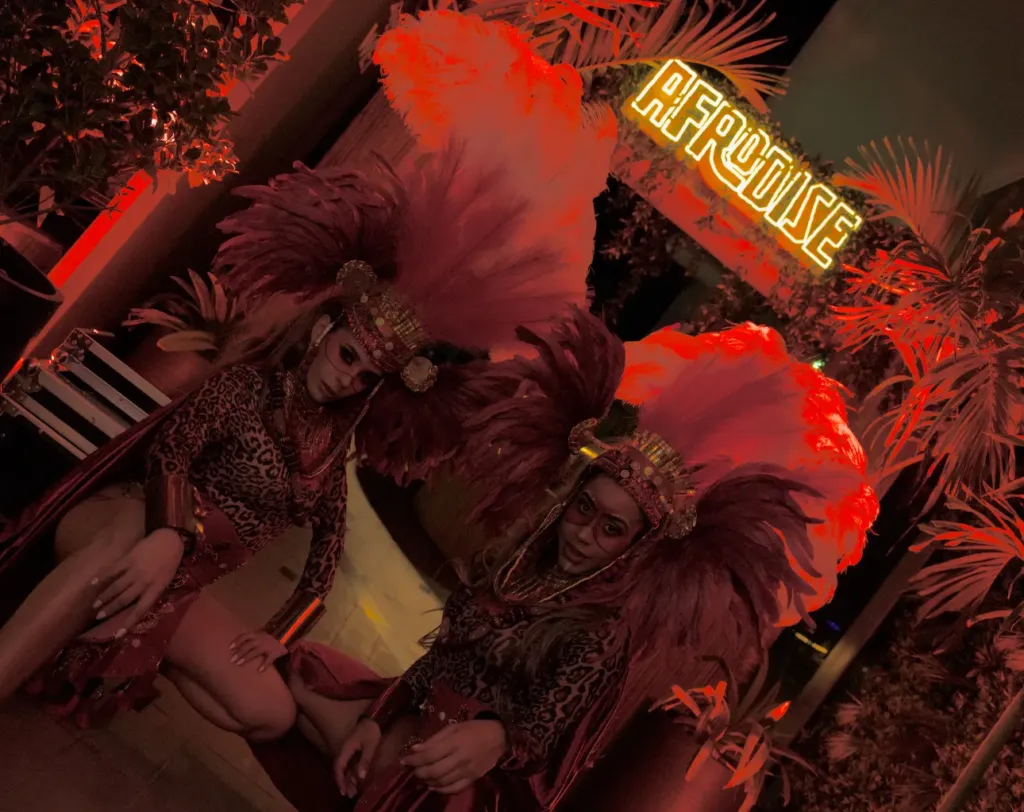
Fabric Notes by Use Case
- High-heat stage or outdoor deck: cotton sateen blends, bamboo jersey, performance mesh, modal jersey, light wool suiting for jackets.
- LED heavy rig: matte ponte, scuba knit with low gloss, micro-sequin mesh for accents.
- Aerial or acro: four-way stretch unitards, reinforced gussets, flatlock seams, silicone grippers at wrists and ankles.
- Ballroom or Latin sets: bias-cut skirts, fringe accents, stretch satin with knit back for ease.
- Rock band sets: denim with spandex, coated twills, faux leather with knit back, rib knit tanks under jackets.
Care, Transport & Quick-Change Flow
- Care: steam, hang, air out, then bag. Use mesh bags for small pieces. Label everything.
- Transport: complex cases for headpieces, hat boxes for brims, garment bags for suits and gowns.
- Quick-change: presets on Z-racks by act, complete looks grouped by performer, dresser cards with photo refs, spare pins at every station.
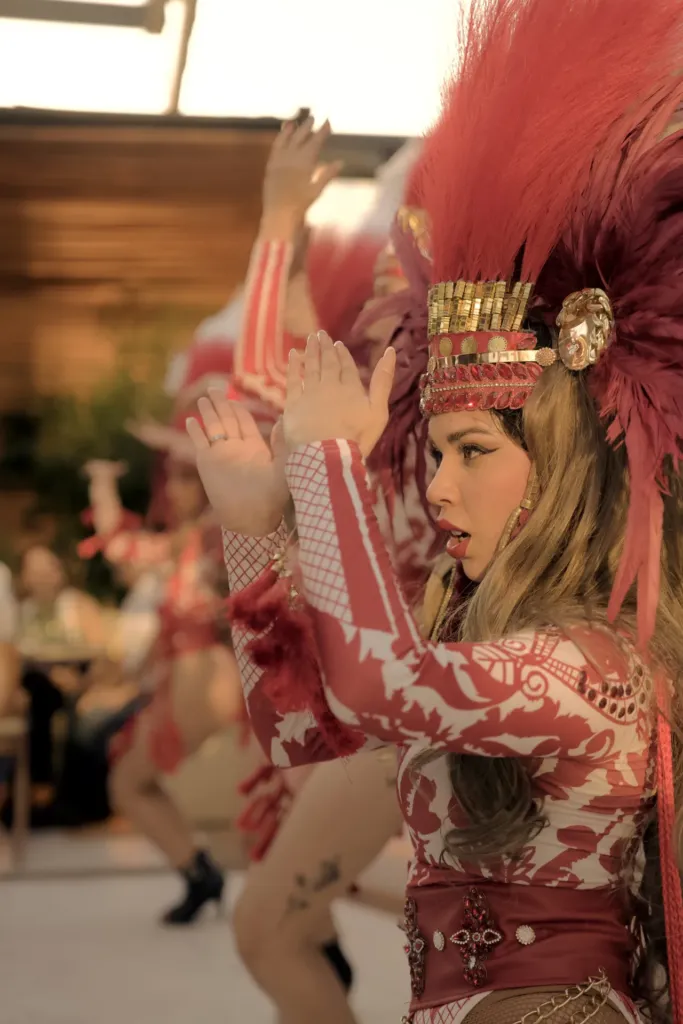
Sample Capsule for a Five-Piece Band
- Lead vocal: hero jacket, black tailored base, two accent shirts, two trousers, two shoe options.
- Guitar: knit tee base, leather-look topper, stretch denim, wrist cuffs, low-profile boots.
- Bass: tailored vest, crisp shirt, dark jeans, suspenders, cap.
- Keys: satin bomber, monochrome tee, jogger-cut trousers, high-shine sneakers.
- Drums: sleeveless knit, breathable shorts or joggers, wristbands, low-slip shoes.
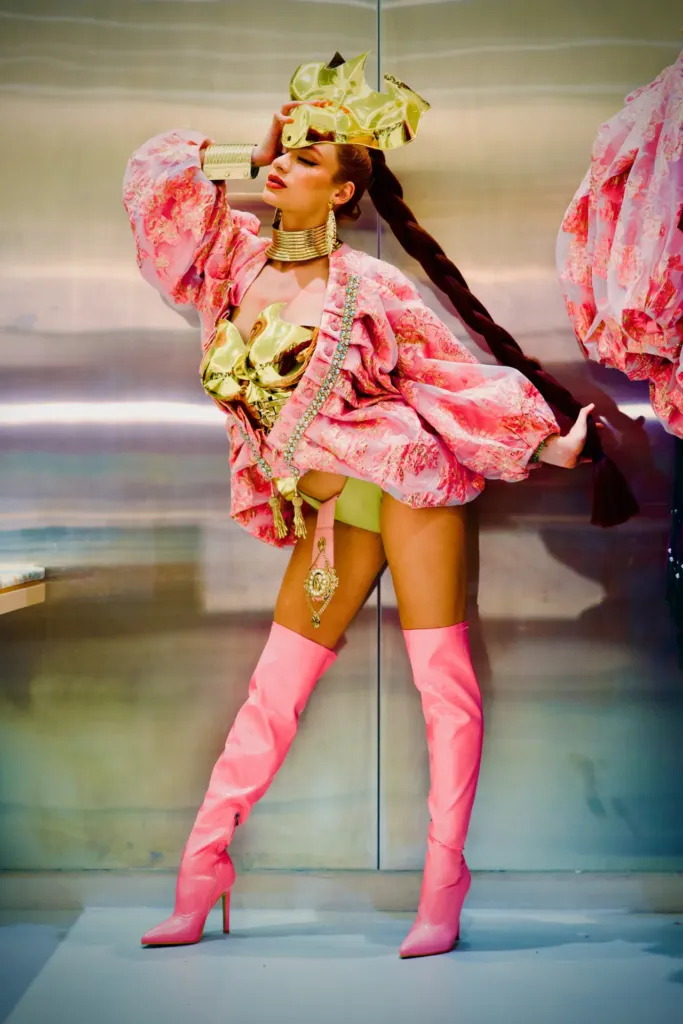
Quick Answers to Common Questions
How many looks per set?
One base per act works, plus a hero swap for the finale.
How early to start?
Four to six weeks before show week helps.
Rent or build?
Mix both. Rent specialty, build hero, buy base.
Care after the show?
Steam, air out, spot clean, bag, then log repairs.

